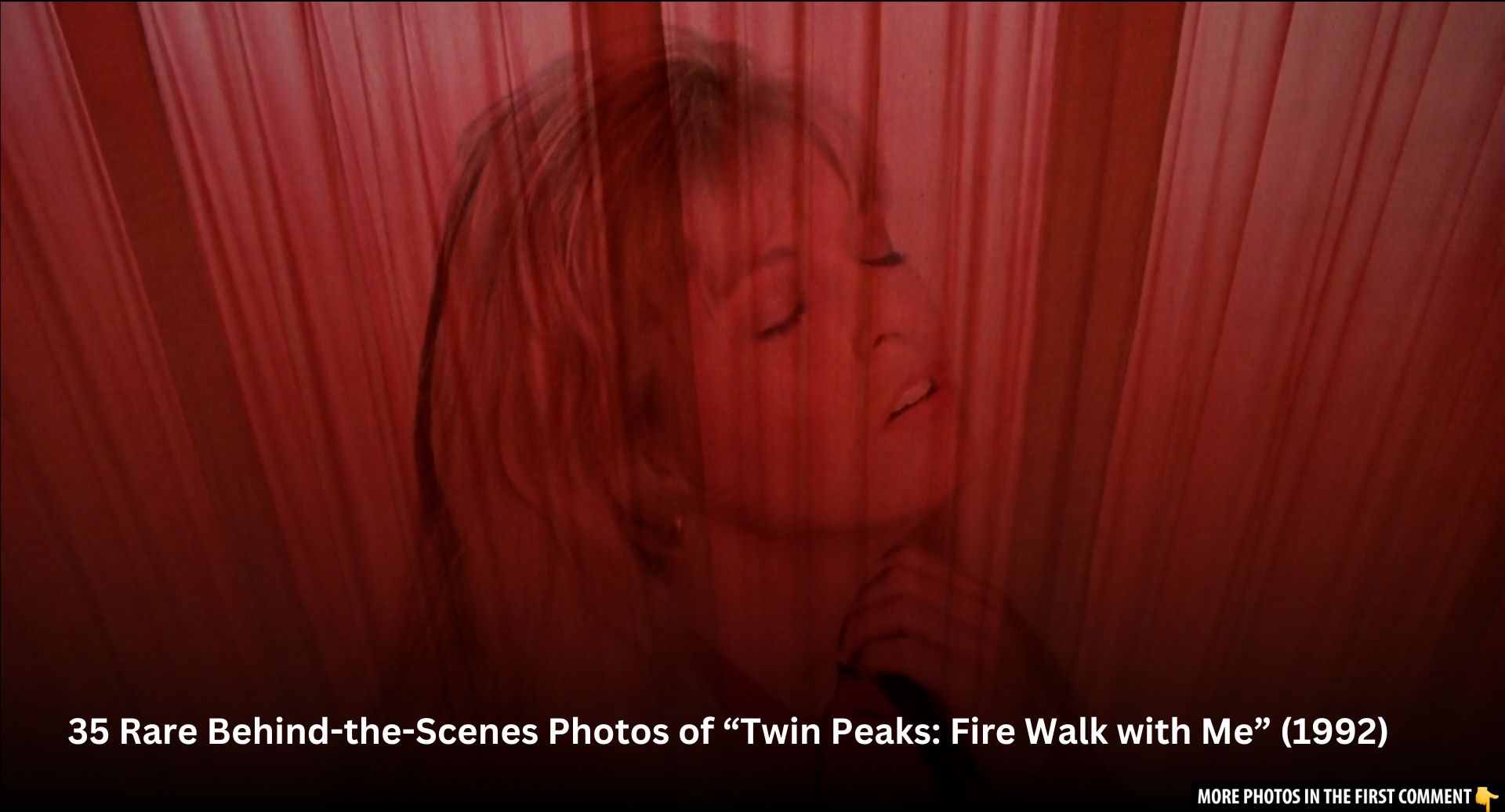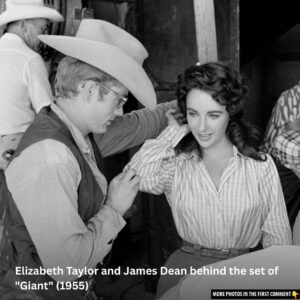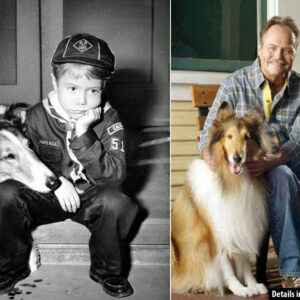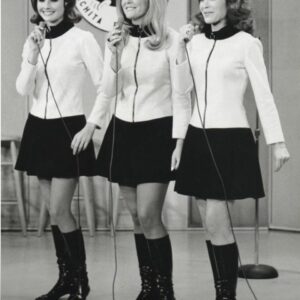When Twin Peaks: Fire Walk with Me first graced the silver screen in 1992, it felt like an enigma wrapped in mystery, an intense prequel that left audiences both mesmerized and bewildered. David Lynch’s cinematic masterpiece, with its surreal and eerie style, brought the haunting world of Twin Peaks back to life, but in a much darker and more unsettling way. The film remains one of the most polarizing works in Lynch’s career, yet it is undeniably etched in the annals of film history, continuing to inspire fascination and a deeper connection to the iconic Twin Peaks universe.
This article takes you behind the scenes with exclusive insights and rare photos from the film’s production—capturing the essence of Fire Walk with Me and the unforgettable atmosphere that pervaded its making.
The Birth of Twin Peaks: Fire Walk with Me
After the cancellation of the Twin Peaks television series in 1991, fans and critics were left wondering about the unresolved cliffhanger that defined the show’s second season. The death of Laura Palmer (Sheryl Lee) remained an unsolved mystery, and viewers eagerly sought answers. The desire for closure, along with the decision to delve deeper into the characters’ backstories, led to the creation of Twin Peaks: Fire Walk with Me, a prequel that would explore the final days of Laura Palmer’s life and the investigation into the murder of Teresa Banks (Pamela Gidley).
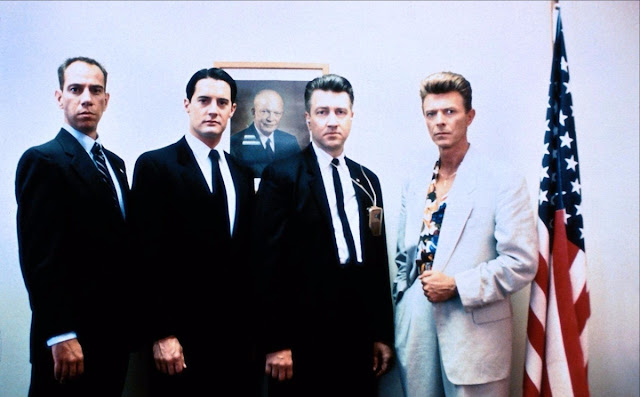
In many ways, Fire Walk with Me was born from the same sense of unfinished business that lingered after the show’s abrupt end. However, the tone of the film was a stark contrast to the quirky, sometimes whimsical nature of the series. Instead of lighthearted moments and small-town charm, Fire Walk with Me embraced a much darker, more disturbing atmosphere, tackling themes of parental abuse, sexual violence, and psychological torment. The film was a reflection of Lynch’s vision for the Twin Peaks universe—both beautiful and horrific, delicate and nightmarish.

Video
Check out the video on rare behind-the-scenes footage of David Lynch during the making of “Twin Peaks: Fire Walk With Me” – it’s a fascinating look at the iconic film!
A Challenging Production and Behind-the-Scenes Stories
Filming Fire Walk with Me was no easy feat. David Lynch faced several challenges, not only in crafting the dark narrative but also in coordinating a tight schedule with actors who were juggling multiple projects. Perhaps the most notable instance was the uncertainty surrounding the return of Kyle MacLachlan, who played FBI agent Dale Cooper. Initially, MacLachlan was hesitant to reprise his role in the film. His concerns about being typecast as Cooper and his strained relationship with Lynch and co-creator Mark Frost led to delays in production. Ultimately, MacLachlan agreed to appear on the condition that his role would be reduced, and his character would only appear for five days of shooting.
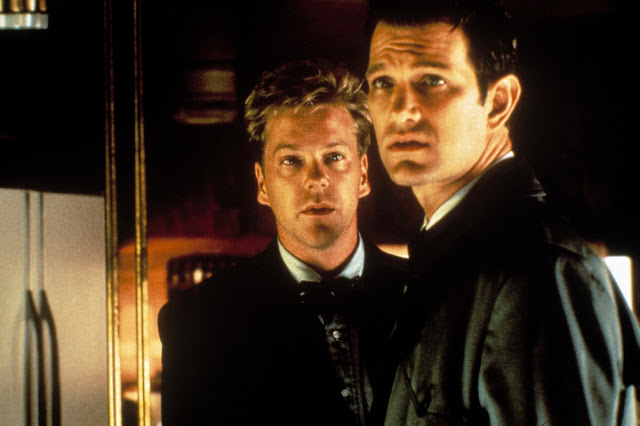
This constraint forced Lynch and his team to rewrite large portions of the script. The character of Cooper, originally slated to investigate the murder of Teresa Banks, was minimized. Instead, the void was filled by new characters and twists. Singer Chris Isaak was brought in to play a major role, and Pamela Gidley was cast as Teresa Banks, an actress who had originally auditioned for the role of Shelly Johnson. These shifts in casting were just the beginning of the creative adaptations Lynch had to make as the production continued.
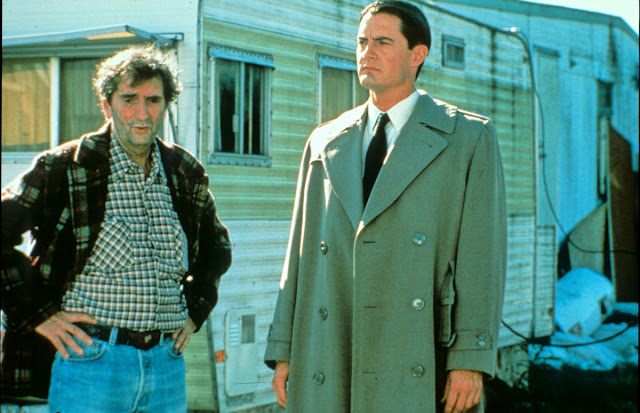
A New Cast and Recast Roles
While many of the original Twin Peaks cast members returned for Fire Walk with Me, several notable absences caused a stir among fans. Lara Flynn Boyle, Sherilyn Fenn, and Richard Beymer—who portrayed Donna Hayward, Audrey Horne, and Benjamin Horne, respectively—were notably missing from the film. Initially, their absences were attributed to scheduling conflicts. However, in later interviews, Fenn explained that she was deeply disappointed by how the second season of Twin Peaks had evolved, with some of the storylines veering off course. Boyle, too, reportedly declined to return due to concerns about Lynch’s treatment of female characters.
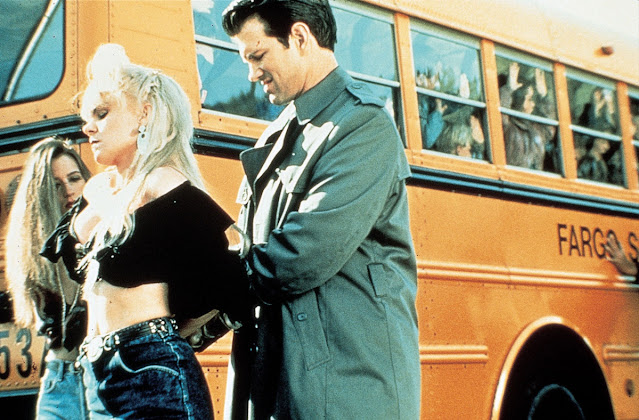
For Fenn and Beymer, the absence from Fire Walk with Me left an undeniable void, but it also opened the door for new talent. Moira Kelly stepped into the role of Donna Hayward, and although her performance was well-received, fans continued to feel the weight of the original cast’s absence. Still, these changes were part of the broader shift in tone for the film, as Lynch made an effort to evolve the Twin Peaks universe into something darker, more challenging, and more experimental.
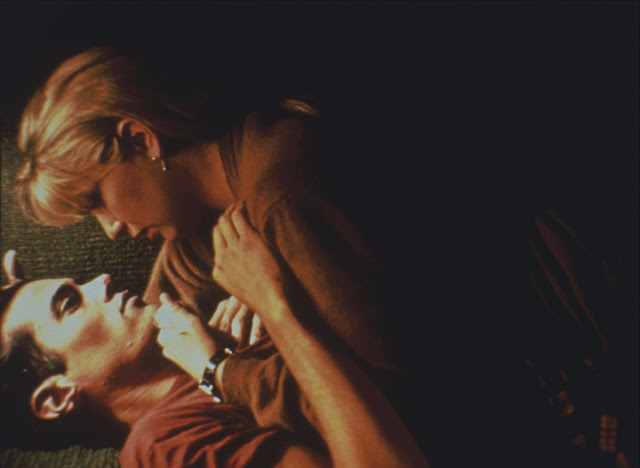
The Surrealism and Themes of Fire Walk with Me
What made Fire Walk with Me such a compelling, yet divisive, work of art was its unapologetic exploration of trauma and human suffering. The film delved deeply into Laura Palmer’s psyche, revealing the horrors she faced in the final days of her life. The abuse she suffered at the hands of her father, Leland Palmer (Ray Wise), and the haunting visions she experienced, painted a portrait of a girl caught between innocence and corruption. Lynch’s signature surrealism and dreamlike sequences amplified these themes, with haunting visuals and disturbing imagery that lingered long after the credits rolled.
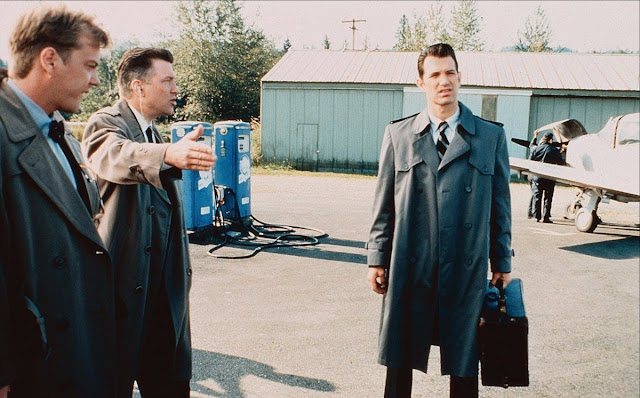
One of the most striking aspects of the film is its brutal and candid depiction of parental sexual abuse. The graphic nature of these scenes drew sharp criticism at the time of the film’s release, with many accusing Lynch of exploiting sensitive subjects. However, over time, Fire Walk with Me has been reevaluated and recognized for its daring portrayal of trauma, adding to its status as a significant cinematic work.
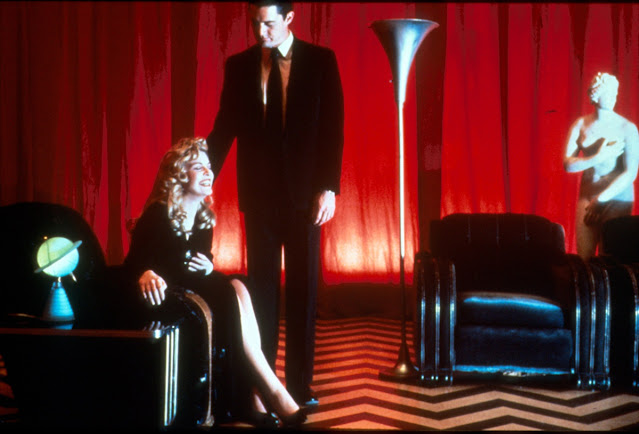
The film also expanded on the supernatural elements of the Twin Peaks universe, with the presence of the Black Lodge and the enigmatic figures that lurk within it. The eerie mood and bizarre encounters between the living and the otherworldly blurred the lines between reality and illusion, pushing the boundaries of what was considered possible in mainstream cinema.
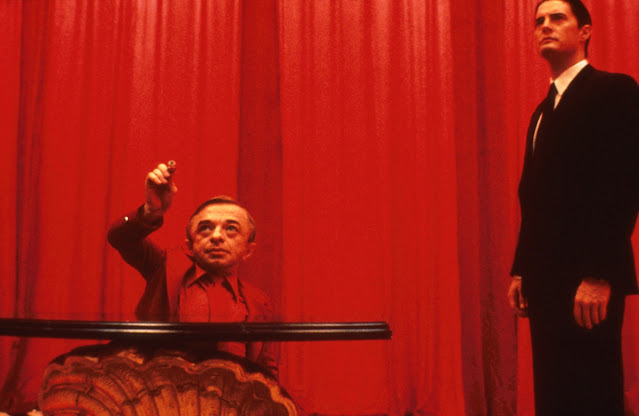
A Polarizing Reception and its Enduring Legacy
When Twin Peaks: Fire Walk with Me premiered at the 1992 Cannes Film Festival, it was met with boos and a polarized reception. Critics were divided: some praised its boldness and Lynch’s visionary approach, while others criticized it for its bleakness and departure from the TV series’ more lighthearted moments. In America, the film performed poorly at the box office, but it found a more appreciative audience in Japan and France. Its failure to connect with mainstream audiences in North America led to the abandonment of plans for sequels.
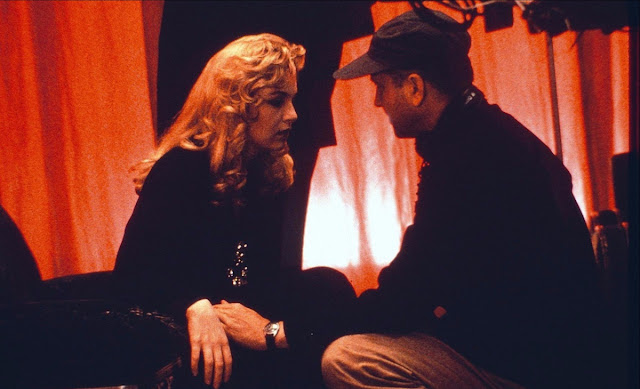
Despite its rocky start, Fire Walk with Me has undergone a reevaluation over the years. Many now regard it as one of Lynch’s most significant works, a film that not only deepened the Twin Peaks lore but also showcased his unique ability to tackle dark, uncomfortable themes. The release of Twin Peaks: The Return in 2017 further solidified the film’s importance in the Twin Peaks mythos, with several plot threads from Fire Walk with Me reappearing in the new series.
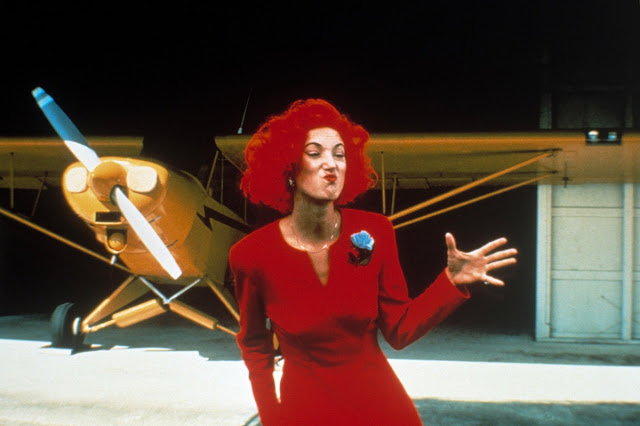
In 2019, the British Film Institute ranked Fire Walk with Me as one of the best films of the 1990s, cementing its place as a beloved classic. The film’s haunting imagery, complex themes, and unforgettable performances continue to resonate with fans old and new, ensuring that Fire Walk with Me remains an essential chapter in the Twin Peaks saga.
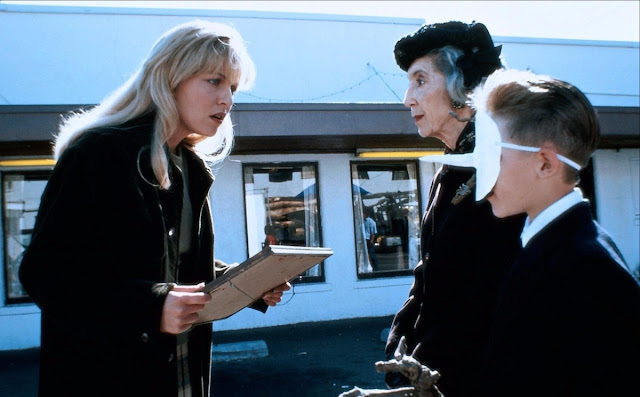
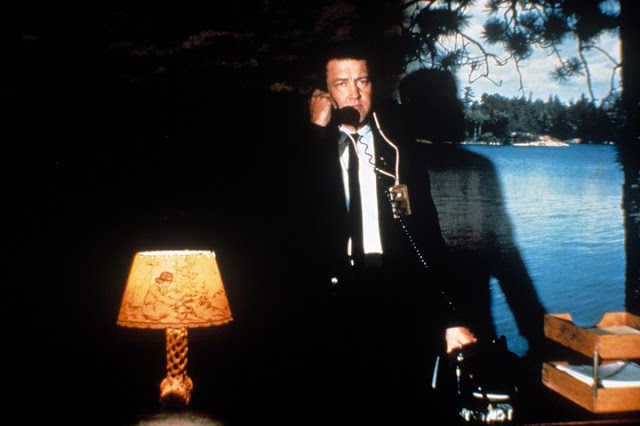
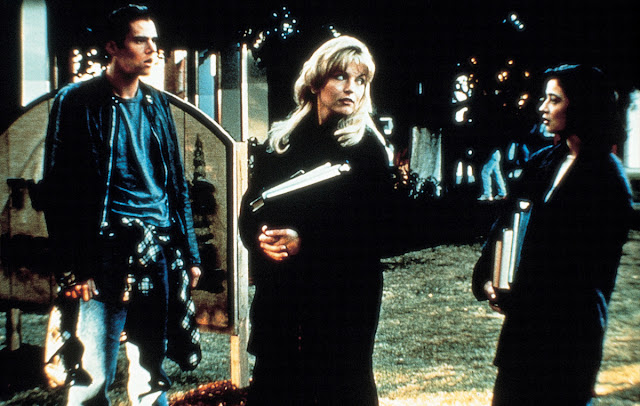
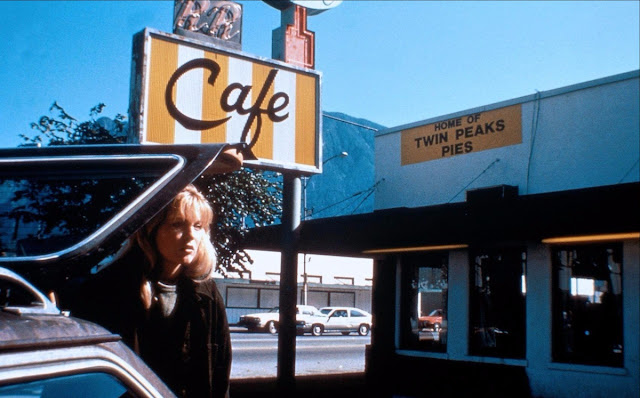

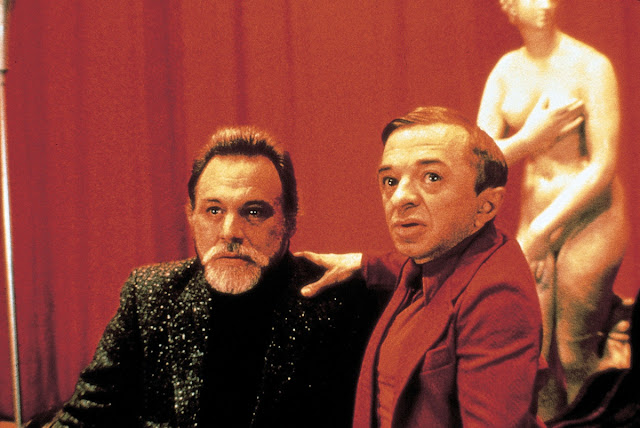
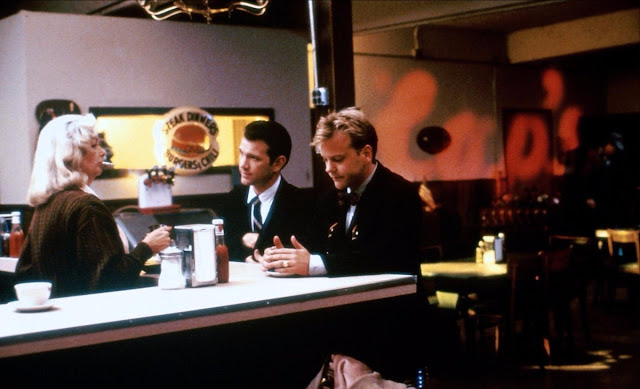

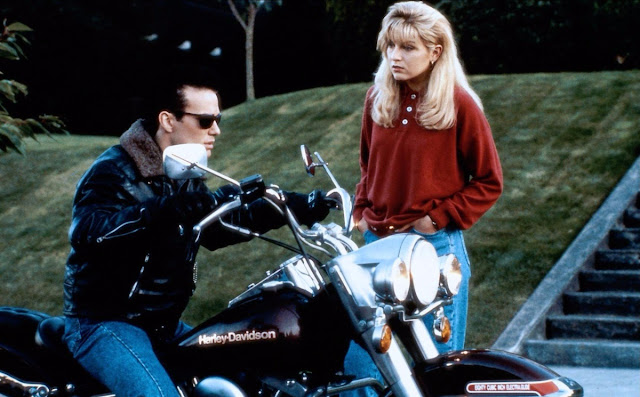
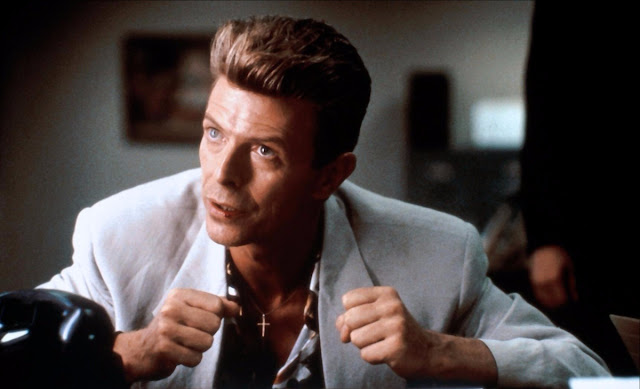
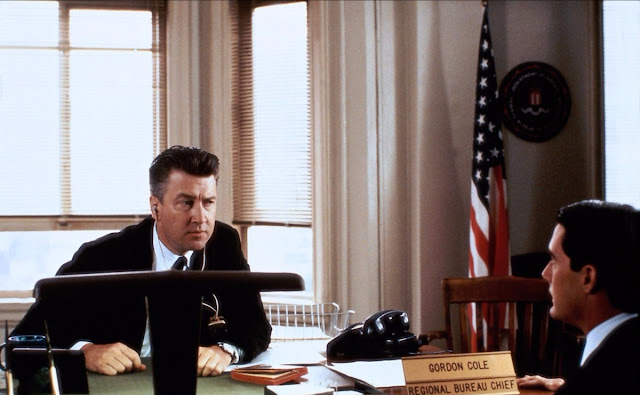
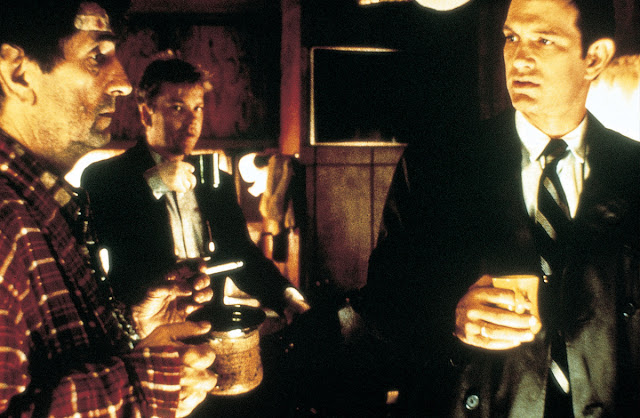
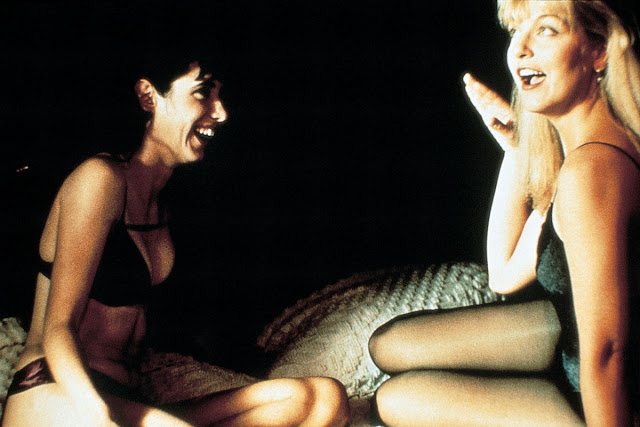
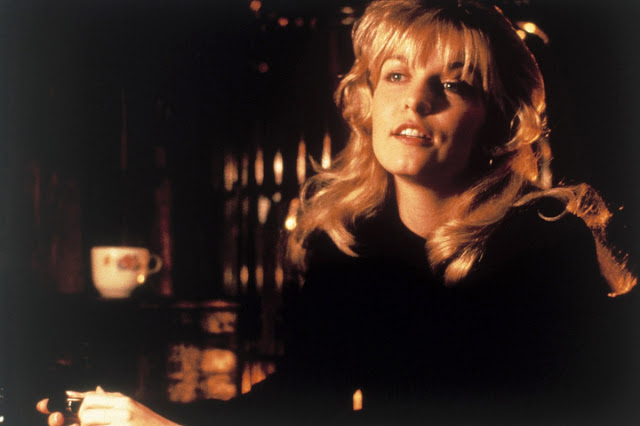
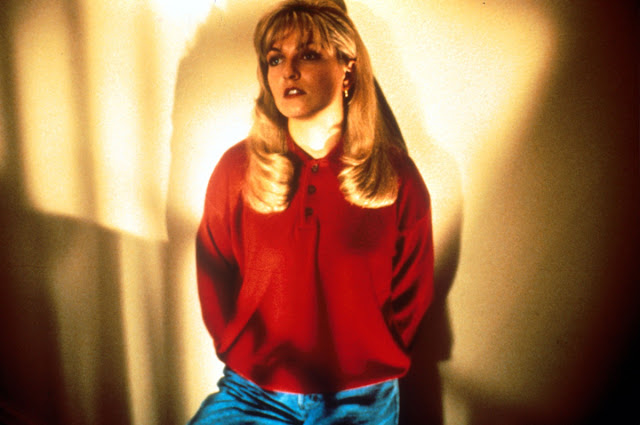
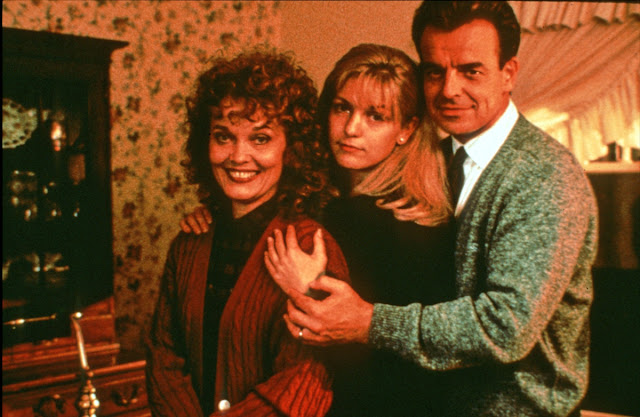
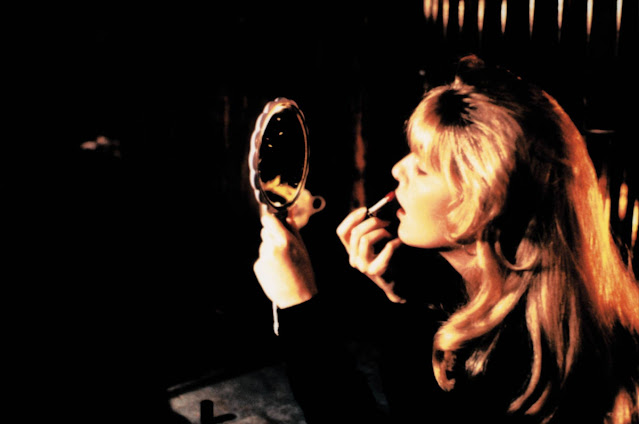

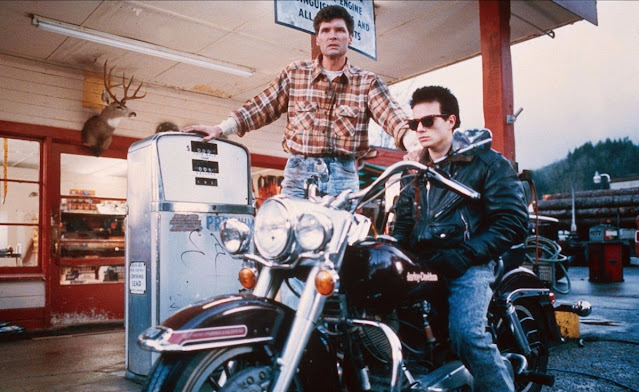
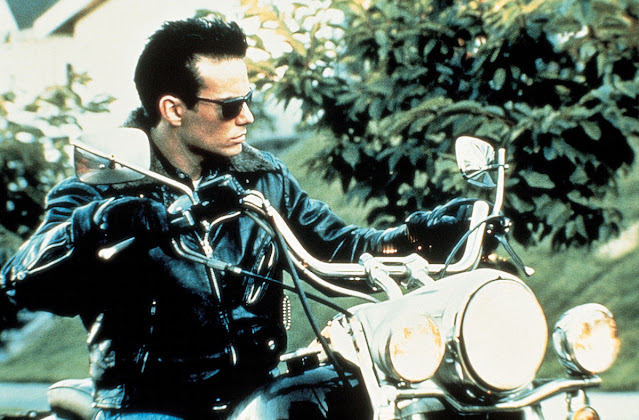
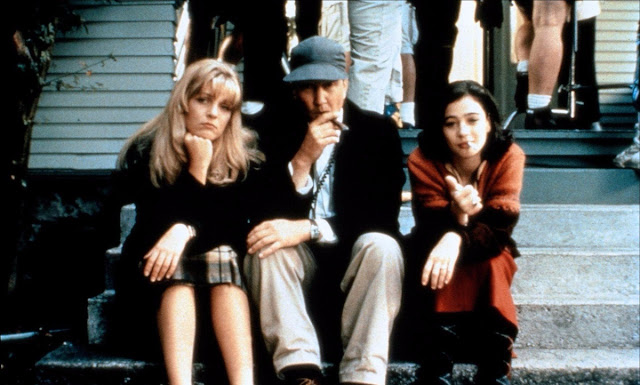
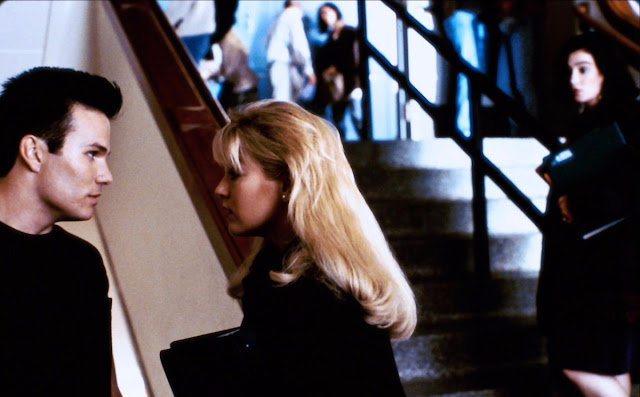
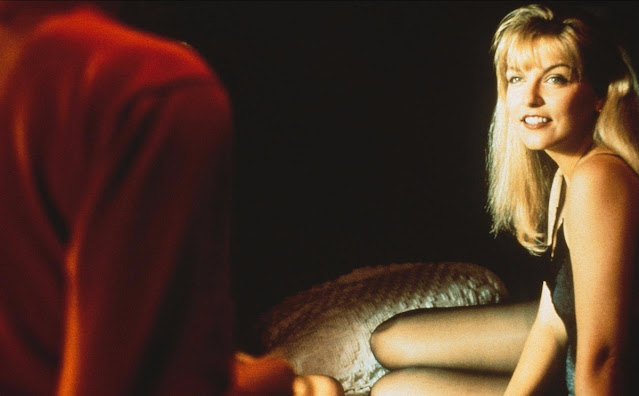

Video
Check out the video on what happened to “Twin Peaks: Fire Walk With Me” – it’s an intriguing look at the film’s journey!
Conclusion: A Timeless Journey into the Heart of Twin Peaks
Twin Peaks: Fire Walk with Me may have been a challenging and controversial film upon its release, but it remains an indelible part of David Lynch’s legacy. The film’s exploration of trauma, its surreal imagery, and its deep dive into the darkness of Twin Peaks offer a poignant and unforgettable viewing experience. Through its rare behind-the-scenes photos, production stories, and evocative themes, Fire Walk with Me invites us to step once more into the strange and mystifying world of Twin Peaks—a place where the past, the present, and the supernatural collide in ways that only Lynch could have imagined.
